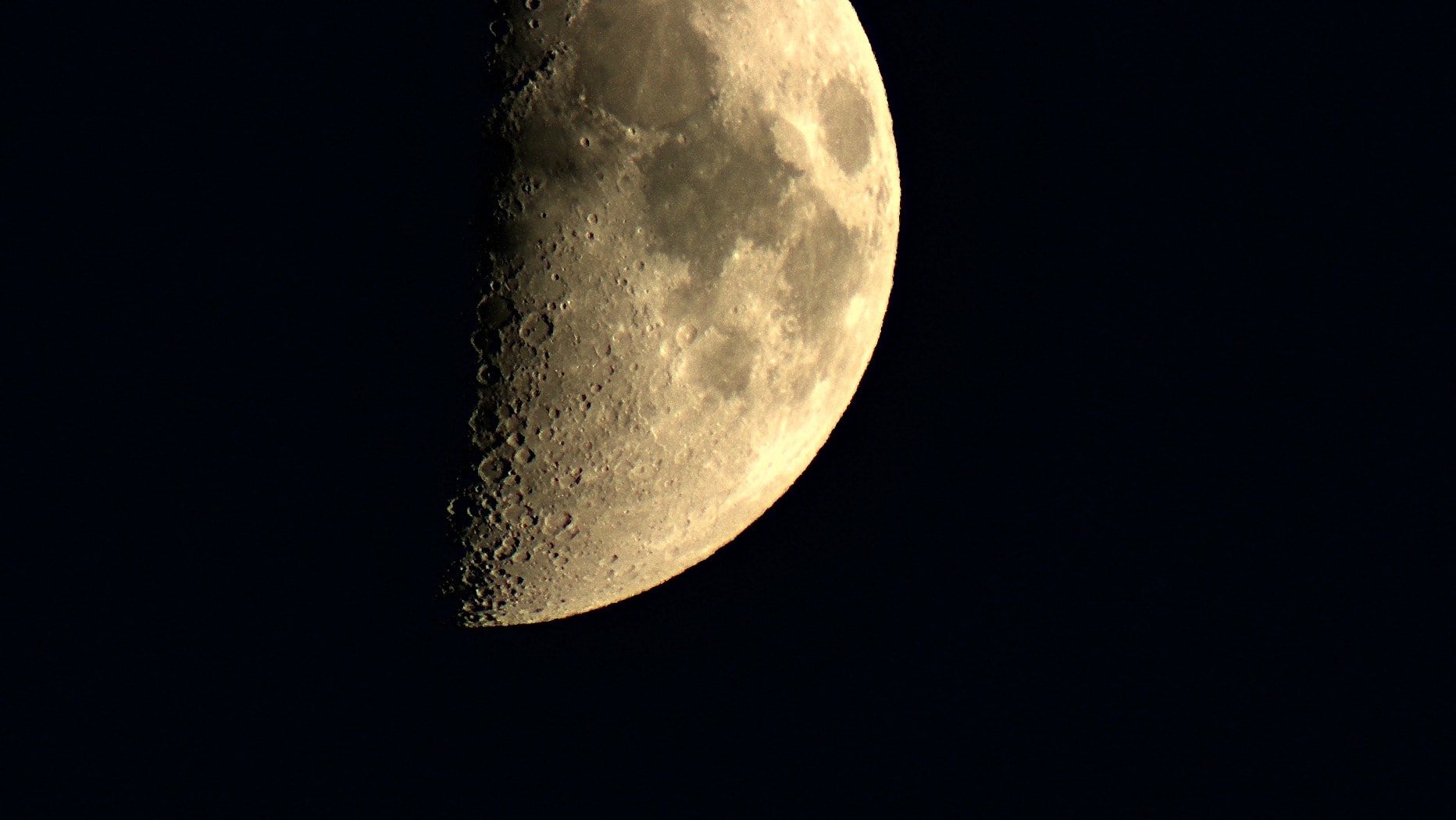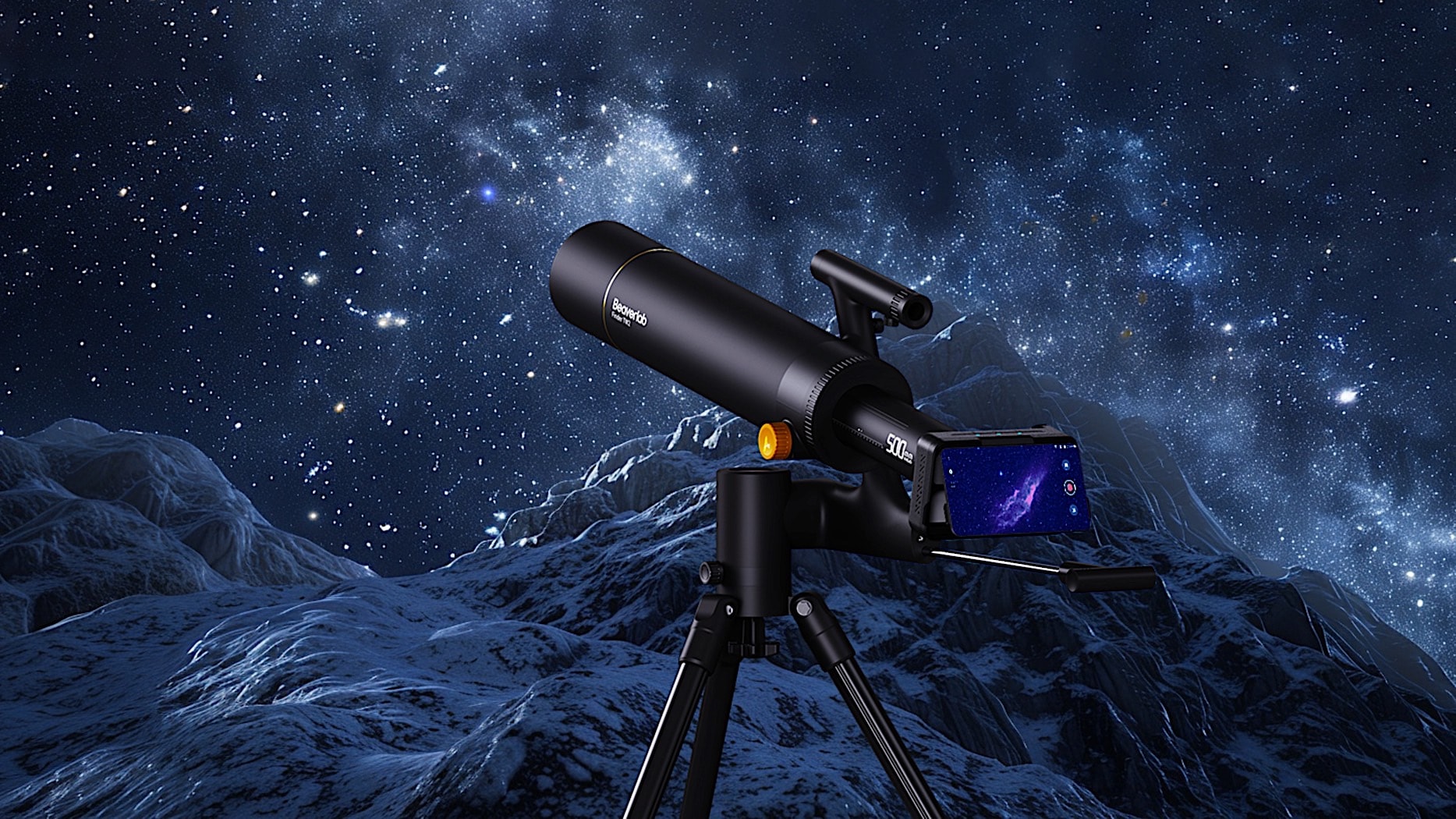In a world increasingly dominated by technological advancements, the world of astronomy has not been left untouched. While space agencies continue to invest in massive telescopes like the James Webb and Hubble, a new trend is emerging: accessible, AI-powered telescopes designed for individual enthusiasts.
Beaverlab, a pioneering company, has introduced the Finder TW2, claiming it to be the world’s first AI-powered astrophotography telescope for the mass market. The Finder TW2 offers a compelling blend of advanced technology and user-friendly design.
Equipped with an 82mm aperture and optical zoom capability of up to 29x, it enables users to capture detailed images of celestial objects. The DS1 planetary camera, powered by AI, further enhances image quality and reduces the impact of light pollution.

One of the standout features of the Finder TW2 is its built-in five-inch touchscreen. This allows for real-time viewing, photo editing, and video recording (in 4K). By eliminating the need for external devices, the telescope provides a streamlined and convenient experience for stargazers.
The Finder TW2 is not just a telescope; it’s a gateway to the cosmos. With its AI-powered capabilities and user-friendly interface, it empowers individuals to explore the universe with unprecedented clarity and detail. Whether you’re a seasoned astronomer or simply curious about the night sky, the Finder TW2 offers a remarkable opportunity to start on a celestial adventure.
Beaverlab’s AI-powered telescopes are finally here, and early backers are eagerly awaiting their delivery. The company has been true to its word, promising to send out the first 100 telescopes in September. However, there’s still uncertainty about when the remaining orders will be fulfilled.

For those looking to invest in this cutting-edge technology, Beaverlab offers two options: a complete telescope kit for $329 or a standalone image collector for $229. The kit includes a tripod, a professional bag, a remote control, a planisphere, and a data cable.
With the recent surge in space exploration, now is the perfect time to start on a stargazing adventure. And with two supermoons scheduled for September and October, there’s no better opportunity to capture stunning celestial images.

